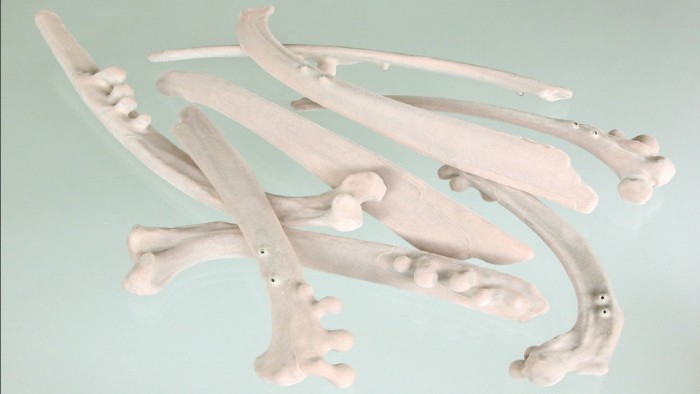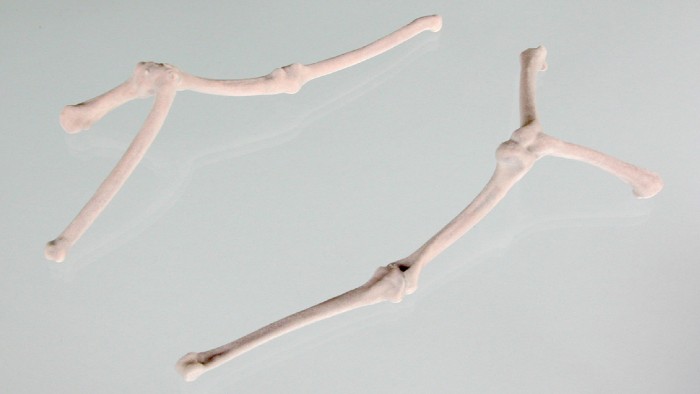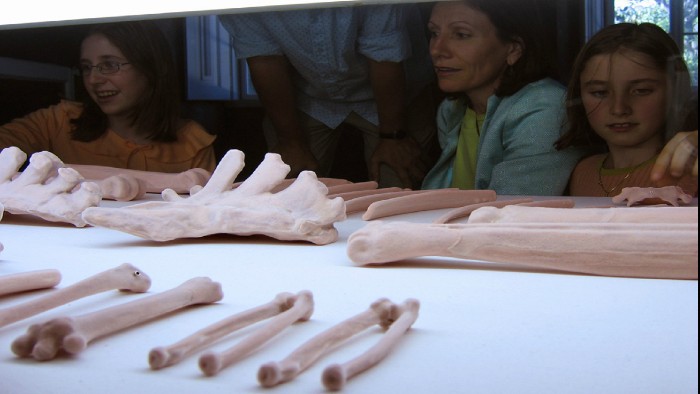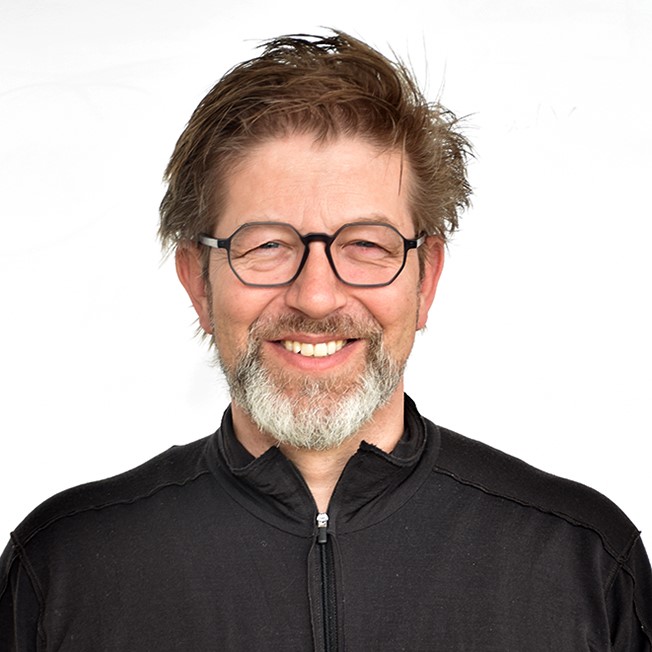Extending the definition of body adornment
In the collective search for improvement, ultimate functionality, beauty and perfection, the body has been commodified, becoming the subject of design, a luxury item.
The artefacts produced can be seen as made for the body; as well as being about the body. The work is seen as prosthesis with a mental dimension, made in throwaway materials such as polystyrene or high-tech materials such as medical grade steel.
The project comments on the estrangement and fragility of the contemporary individual, and explores the ambiguities between natural and man-made, original and fake, constructed and grown through intense material and conceptual research, aiming to extend the definition of body adornment. Outputs take the form of jewellery as objects to wear, installations, interventions in public spaces, products, or simply objects/artefacts.
Context
Zellweger’s work focuses on diverse aspects related to the manifestation of human identity. It does this by exploring and reflecting upon the many factors that challenge contemporary living and which affect humans' perceptions about themselves. Zellweger works on the thesis that jewellery gradually leaves behind the stage of being an accessory, in the sense of an ‘appendage’ or ‘annex’, to potentially become an integrated component of man.
‘Jewellery as Prostheses’ generates debate on the new direction of social rituals, the relationship between art, design and science, and the issues that arise when aesthetics meets ethics. It takes a critical stance to reflect on the essential human activity of ‘making’, of ‘designing’ the world, and develops an appropriate means for self-reflective artistic practice.






